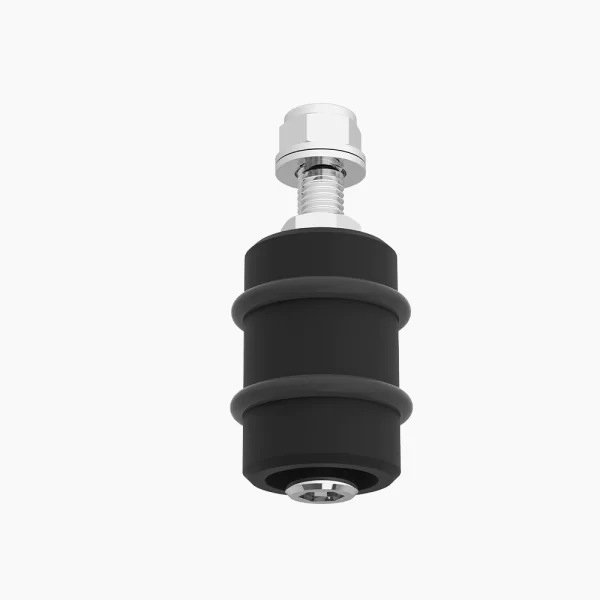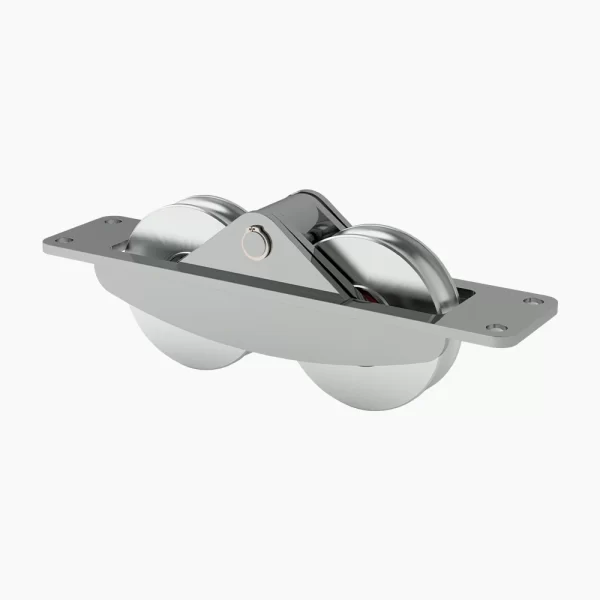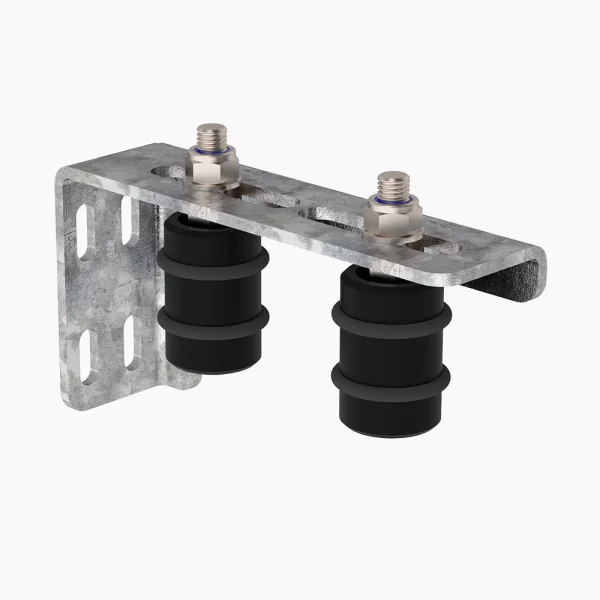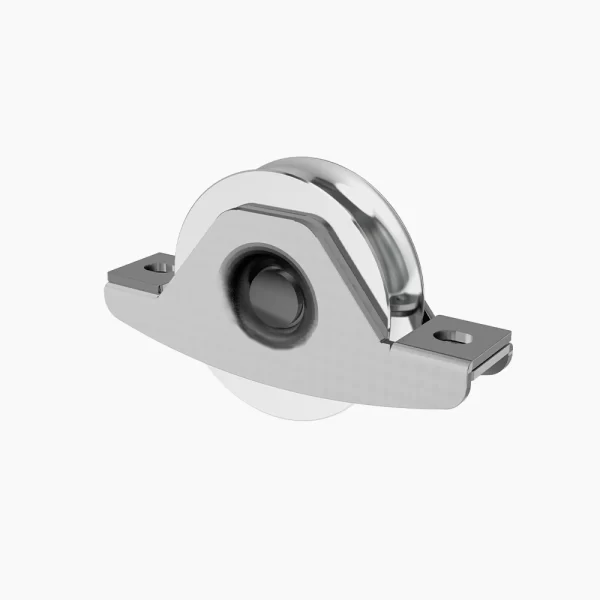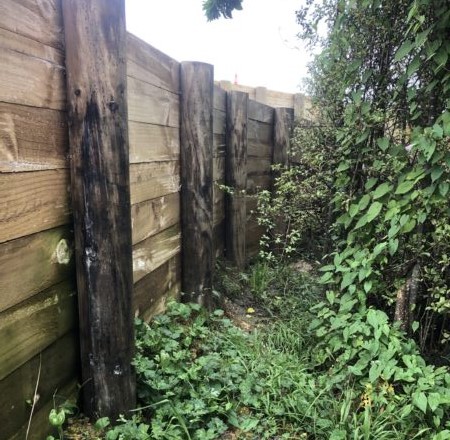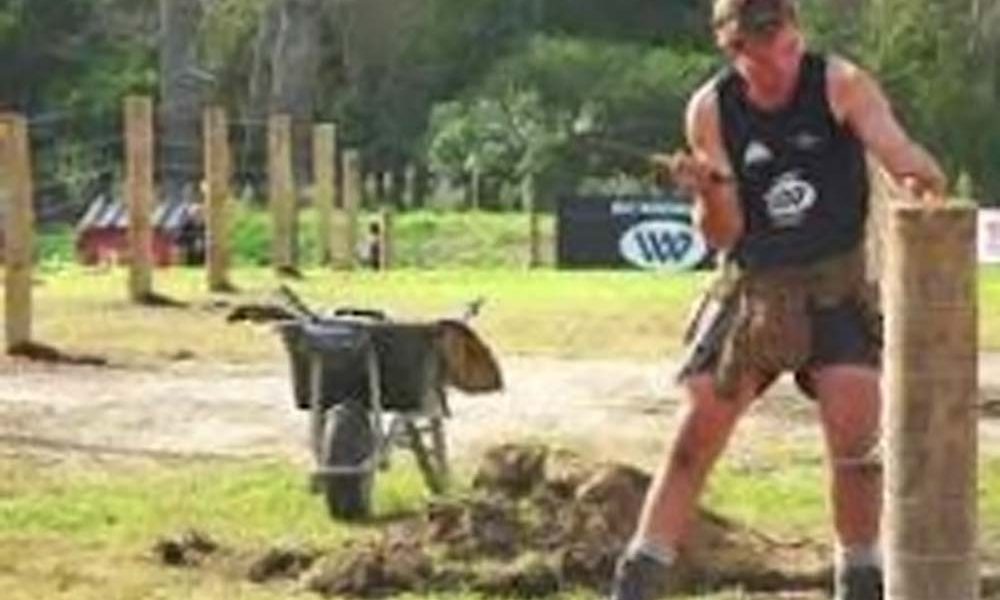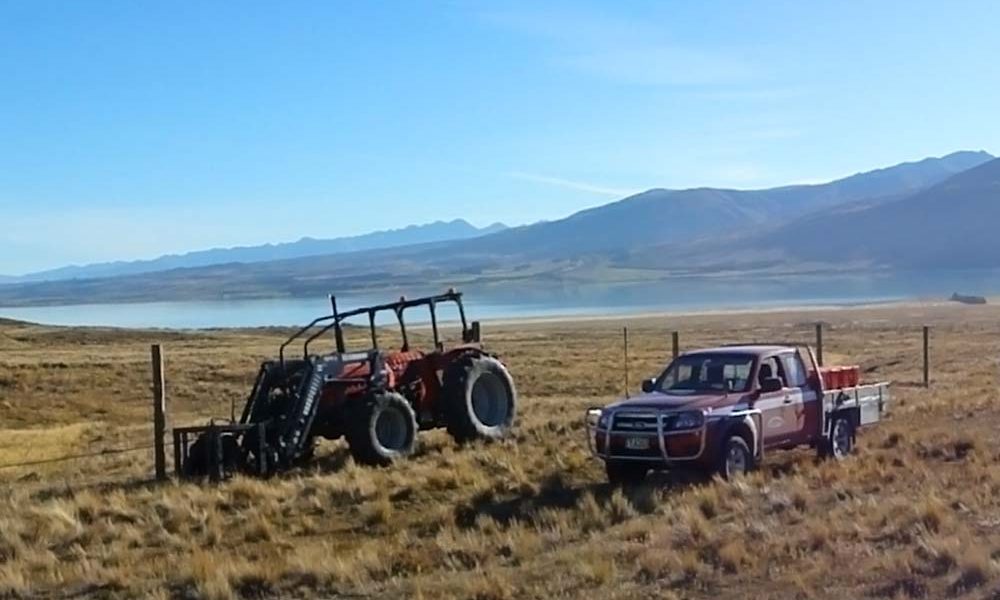
First frost of the year has arrived, the leaves are changing quickly as we prepare for the winter change. The ground has become a place of concern, with tracks becoming slippery and water levels increasing in some places. WorkSafe is urging farmers and contractors to lose the “it won’t happen to me” mentality, following a spate of machinery-related fatalities this year.
It is great to hear of the support our fencing and other agricultural contracting colleagues have been providing the East Coast and Hawke’s Bay in a time of need as I travel up that way currently. There is a lot of hard work ahead of these guys, and our thoughts are with the farmers that have lost much from the cyclone. Reach out and talk to your friends over there; they would appreciate a friendly ear, I’m sure.
On the safety front
We have had several serious harm incidents that are of concern when using tools, vehicles, and machinery.

According to figures supplied by WorkSafe NZ, five people died in farm accidents in the first ten weeks of 2023. In that period, there were also 30 notifiable injuries. This year’s deaths are predominately the result of tractor and quad bike rollovers.
WorkSafe is conscious of the “unprecedented stress” some farmers are under, particularly those affected by the recent cyclones. When under stress, it is even more important that farmers and contractors take time to plan for how to deal with the aftermath.
The simple grease gun is not so simple anymore
One such event, involving a Grease Gun for an excavator contractor, has had a terrible outcome for the user. A quick check-over, fuel up, and grease to the machine, like any normal day. The day was a bit wet and slippery, and the contractor was running behind, with plenty of work building up. He slipped while trying to get the jump on the day’s work – pushing in tracks with his excavator. The tracks were slippery and he fell while trying to insert grease into the required location. With no gloves on, the grease fired into his hand. The pain was almost immediate but hard to see.
The day turned into a helicopter rescue and a hospital stay, with extreme pain. An injection of the grease into the hand has caused life-changing effects and amputation of the finger that received the injury. The grease had made a pinhole entry into the hand, penetrated the bone and traveled swiftly up the arm cavity. Initially in the finger, but the damage was severe.
Proper tool use and care
Whether you are using a manual, battery-operated, air-powered or AC electric grease gun, the high pressure developed by the tool should be considered. High pressure can develop in different ways.
High-pressure injection injuries may be caused by accidental injection of grease through the skin and into the underlying tissue. Generally, fingers or hands experience this type of injury, which is most likely to occur when a hose ruptures. Also, some lubrication applications require needle-type accessories that can lead to an injury if used improperly.
An injection injury may be very small and essentially painless, and the injured person may be tempted to continue working. However, if you receive any  type of injection injury, you should seek medical attention immediately.
type of injection injury, you should seek medical attention immediately.
The lubricant will need to be removed and treatment initiated to prevent infection. If possible, provide the medical technician with the brand of grease or oil involved so that the manufacturer can be contacted regarding the possible toxicity of the lubricant.
Keep grease guns clean and working correctly. All repairs should be performed by a competent person. When lubrication tasks are performed, grease often gets on your hands, so be sure to wash them to remove any chemical residue.
Ensure the use of PPE at all times – good gloves are essential, and eye protection. Use hearing protection if using a battery, or compressor type of grease gun.
Personal safety
Stay alert while using a grease gun. You should never operate any tool if you are tired or impaired by a substance, as a moment of inattention may result in serious personal injury.
Although the use of grease guns is widespread, these tools deserve respect and should be used in accordance with the manufacturer’s safety guidelines to avoid injury. They are not to be used in jest: be careful where you point them and how they are used.
How to operate a grease gun safely
There are four main types of grease guns: manual, battery-operated, air-powered and AC electric.
Each type has its own specific set of guidelines, but many general rules are applicable to all, such as training, proper tool use and care, work area safety and personal safety.
Manual grease guns include lever-action and pistol-grip models. These popular tools are widely used and are the most economical type of grease gun. Manual grease guns can achieve pressures up to 10,000 pounds per square inch (psi), while plug-valve sealant guns can reach 15,000 psi.
Battery-operated grease guns are ideal for speeding up routine lubrication tasks. Using this type of grease gun can also help to minimise operator fatigue. These grease guns are rated anywhere from 6,000 to 10,000 psi, depending on the model.
Air-powered or pneumatic grease guns use compressed air to apply pressure to an air piston, which drives the grease piston and forces lubricant out of the coupler into a grease fitting. By depressing the gun’s trigger, a steady flow of lubricant is dispensed. Typically, pneumatic grease guns are rated up to 6,000 psi.
AC electric or corded grease guns provide a consistent flow of grease and are often used as an alternative to air-powered tools. AC electric grease guns generally are rated up to 7,000 psi.
Training
Effective lubrication requires specific training, ranging from the actual physical activity of applying the lubricant to the effects of misapplication, including spills and damage to machinery. The operator should be trained on each piece of equipment to be lubricated, as well as each grease gun that will be used to accomplish the task.
Some general rules of lubrication also should be considered.
- DO NOT apply lubricants to a machine in operation unless the fittings are located in a safe place.
- Never reach over, under, through, or past moving parts of the equipment to complete your task. You should maintain proper footing and balance at all times to facilitate better control of the tool in unexpected situations.
Work Area Safety
Regardless of the type of grease gun, it is important to keep your work area clean and well-lit.
Wipe up lubricant spills immediately, or use absorbent drying pads or granules. Sources of lubricant leaks should be repaired to maintain a safe environment.
If you are using a power tool, make sure that the area is free of flammable liquids, gases, or dust, which may be ignited if the tool creates a spark.
In addition, power tools should not be exposed to rain or wet conditions, and care should be taken to prevent cord damage, as this can increase the risk of electric shock.
Minimise distractions, such as bystanders, while operating your grease gun, as they may divert your attention from the task at hand. NEVER PLAY AROUND WITH OR USE A GREASE GUN FOR PRACTICAL JOKES.
Safety features are available, and precautions can be taken to minimise the risk involved in using high-pressure grease guns.
The key is to use the right tool for the job.
DO NOT improvise or change the grease gun configuration for any purpose other than that which was intended.
It is critical that all of the components utilised are rated for the amount of pressure being applied, so you should use only hoses specified by the grease gun manufacturer. For example, if your grease gun is rated at 10,000 psi and your hose is only rated at 1,500 psi, the situation can become hazardous very quickly.
Inspect the hose between the grease gun and the coupler before each use, if there are any signs of wear or damage on the hose, do not use it. When a grease cartridge is loaded into the grease gun, the follower rod should be securely latched to the end cap, so it doesn’t spring back unexpectedly.
Use care when removing the pull-tab on the cartridge to prevent getting cut by the tab’s sharp edges. In addition, always aim the grease coupler away from your body when loading and priming the grease gun. You don’t want to take any chances that grease may get into your eyes. Grease guns are equipped with safety devices, but their effectiveness may be limited by the positioning of grease nipples on certain cars and trucks. Grease guns with needles should have a protective shroud or cover that prevents this type of accidental injury.
Battery-operated grease guns have a few safety guidelines of their own.
- The power switch should be in the off position before inserting the battery pack.
- The battery pack should always be disconnected from the grease gun before changing accessories or unscrewing the grease cylinder from the gun. Never attempt to open the battery pack or expose it to water.
- When not in use, keep the battery pack away from metal objects such as paper clips, coins, keys, nails, screws, or other small items that can make a connection from one terminal to another.
- When using a battery charger, use only the charger specified by the manufacturer. Ensure that the cord is situated so it will not be stepped on, tripped over or otherwise subjected to stress.
- DO NOT operate the charger with a damaged cord or plug, or if it has received a sharp blow or been dropped. You should also refrain from charging batteries or using any electrical (corded) grease gun in damp areas.
- Always read and follow the manufacturer’s instructions before using your grease gun. Avoid kinking hoses, as this can weaken them and make them more susceptible to ruptures.
Battery-operated, air-powered, and AC electric grease guns can build extreme pressures, which may not be evident to the user. Therefore, extra caution should be taken with these tools. Never exceed the maximum input air pressure on pneumatic tools.
Most of these grease guns run at a 40-to-1 grease pressure-to-air ratio, so substantial pressure is created with a relatively low input air pressure.
Read your manual and have emergency items to get help: Personal Locator Beacons, and first aid items.
Whatever your tool, ensure the safety and training to use is front of mind – always. One slip is all it takes to change the day.
‘The standard you walk past in safety, is the standard you set.’
Take care out there team.
Article supplied by Ruralsafe
www.ruralsafe.co.nz


Published in the Business, Health & Safety, Environment Feature in WIRED Issue 69 / June 2023 by Fencing Contractors NZ
Read WIRED online
Follow us on Facebook
© Fencing Contractors Association NZ (FCANZ)
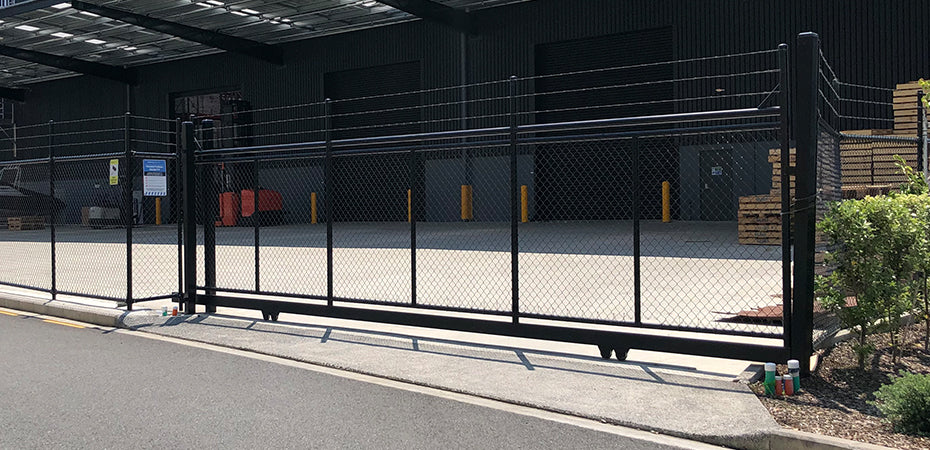
![]()

